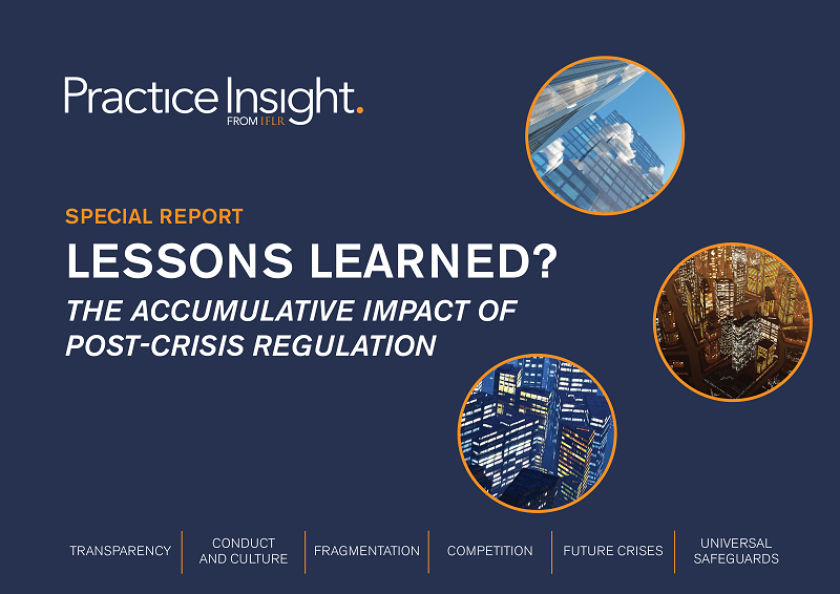Analysing the impact and effectiveness of all financial regulation since the crisis is a difficult job. There are so many ironies and contradictions.
Although the banking system is objectively more robust, with higher capital levels and better risk management teams, the world has, since 2008, become increasingly fragile, and the liberal international order increasingly exposed. Standard-setting at a global level is arguably geared towards protecting the banking system from shocks, but not economies from stagnation or sociopolitical challenges. Some of those challenges, such as the rise in income inequality, even have a direct link to post-financial crisis measures, especially quantitative easing (see chapter six).
Meanwhile a host of other risks have appeared, which the banking system may or may not be equipped to deal with. Among them, cyber risk and climate risk are relatively new beasts; while the post-crisis boom in shadow banking marks the return of an old perennial (see chapter three). Indeed, as one source puts it, sometimes it feels as though politicians have a muddled sense of the deeper purpose behind regulation. Is it to protect the system, to prevent a major systemic failure, to improve society, to protect consumers? Behind these questions lurks another question: who is actually benefiting from regulation? Was it really the intention of the post-2008 response to galvanise the shadow banking sector, to say nothing of the irony that the biggest winners in the brave new post-2008 world are large US banks?
Transparency rules have largely ignored the globalised nature of financial markets, leading to a more complicated and fragmented regulatory framework at the international level, especially when it comes to reporting requirements (see chapter one). While regulators and markets have much more information about the exposures of individual firms than they did prior to the collapse of Lehman Brothers, market participants frequently bemoan the costs. With its 30,000 pages, Mifid II cuts across entire markets, bringing a whole new meaning to the phrase 'unintended consequences'.
In the area of conduct and culture – a key item on the G20 agenda – there is a lingering sense of the slowness and potentially, the impossibility, of reforming the P&L-first culture of a profit-driven system (see chapter two). As with other regulations, sources also worry about the lack of standardisation. For example, the UK's Senior Managers and Certification Regime, although successful in ensuring individual accountability within UK firms, lacks a direct equivalent in other jurisdictions. As for the societal side of conduct and culture risk, financial literacy and inequality levels are as worrying as they were before the crisis.
The overall conclusion to Practice Insight's investigation – if indeed there is a single room at the centre of the fin reg labyrinth – is that the response has been thorough in certain areas such as transparency, but patchy or absent in other areas, such as the societal roots of the crisis.
Be that as it may, new norms have emerged from the debris of 2008. Whether or not in the event of a future or slow-burning crisis they will be sufficient to safeguard financial markets, and by extension, the liberal international order, remains to be seen.

